It’s amazing how deceiving appearances can be, and while we might be tempted to cuddle these adorable creatures, it’s best to admire them from a distance. So, next time you’re planning a nature hike or zoo visit, keep these 15 critters in mind.
1. The Sweet-Looking Slow Loris

You might recognize the slow loris from viral videos, looking all wide-eyed and innocent as it gently reaches for a finger. But don’t let its sluggish movements and adorable eyes fool you; this little creature packs a venomous bite. When threatened, the slow loris secretes a toxin from its elbows, which it can mix with its saliva to deliver a painful and potentially deadly bite. This venom can cause severe allergic reactions and even anaphylactic shock in some people. So, while it might look like a plush toy come to life, it’s best to enjoy the slow loris’s cuteness from a safe distance.
The slow loris is native to Southeast Asia, where it spends its nights hunting for food and its days sleeping in the trees. Its slow movements are an evolutionary adaptation to its nocturnal lifestyle, allowing it to navigate without being easily spotted by predators. The toxin they produce is thought to be a deterrent to predators and a way to protect their young. Unfortunately, their cuteness also makes them a target for illegal wildlife trafficking, which has put the species at risk. Educating others about the slow loris’s secret weapon is critical to ensuring these creatures remain in the wild where they belong.
2. The Cuddly But Wary Platypus
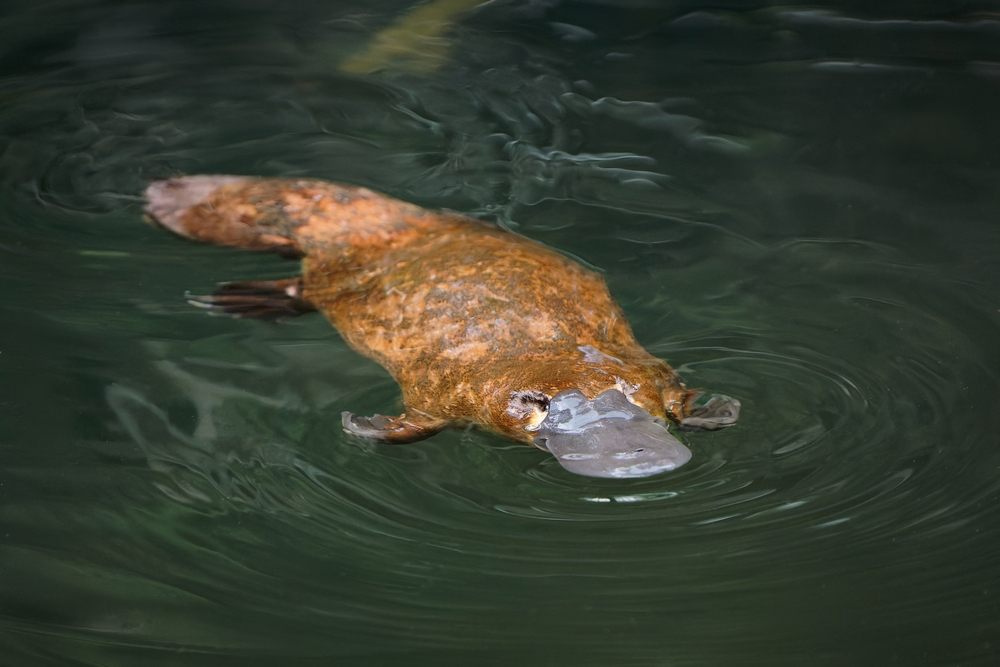
The platypus is one of nature’s quirkiest creations, with its duck-like bill, webbed feet, and beaver tail. It’s like Mother Nature decided to play mix-and-match with various animal parts. But don’t let its unique appearance fool you into thinking it’s all fun and games. Male platypuses have a secret weapon: venomous spurs on their hind legs. While the venom is not lethal to humans, it can cause excruciating pain and swelling that lasts for weeks. So, if you ever find yourself in the rivers of Australia, remember to give these semi-aquatic architects plenty of space.
Platypuses are solitary creatures, spending most of their time hunting underwater for insects and small fish. Their unique appearance and behavior puzzled scientists for years, earning them a place as one of the most intriguing mammals. Those venomous spurs are primarily used during the mating season when males are fighting over territory or potential mates. Despite their peculiarities, platypuses play a crucial role in their ecosystem, and their population is currently under threat due to habitat destruction. Conservation efforts are crucial to protecting these fascinating creatures and their habitats.
3. The Adorable But Fierce Cassowary
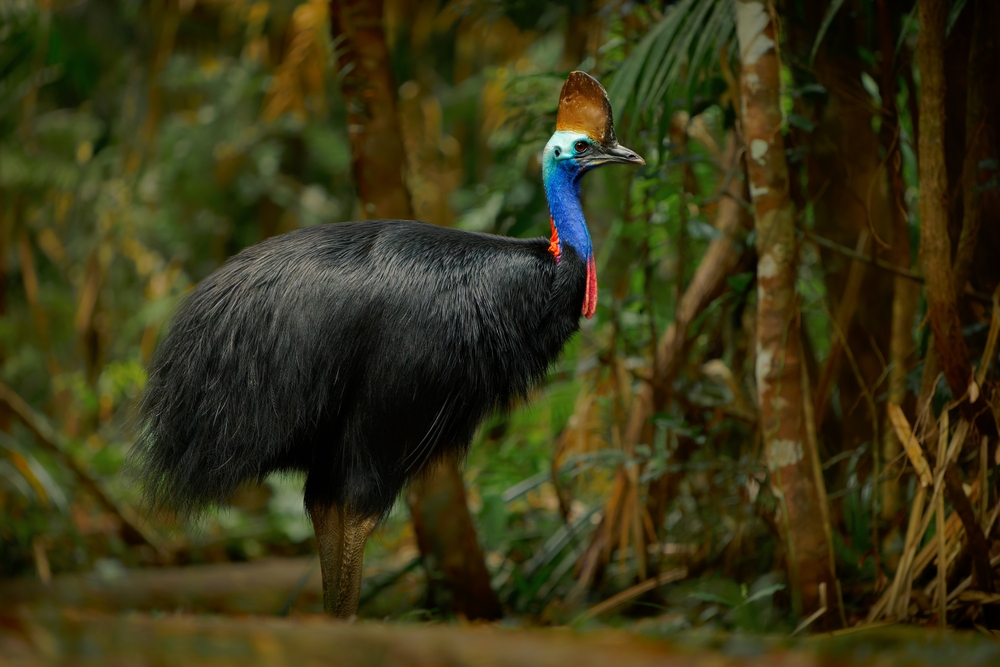
With their vibrant blue and black plumage and a striking casque on their heads, cassowaries look like something out of a prehistoric era—or a fantasy novel. Native to the tropical forests of New Guinea, Indonesia, and Australia, these large, flightless birds are incredibly striking and beautiful to observe. But when provoked, cassowaries can become quite dangerous, wielding powerful legs and razor-sharp claws capable of delivering serious injury. They can run up to 31 miles per hour and jump nearly 5 feet, making them highly agile for their size. If a cassowary feels threatened, they won’t hesitate to defend their territory fiercely. According to the Journal of Zoology, a study documented 221 cassowary attacks, with 150 directed at humans, often due to prior feeding by people.
Cassowaries have a critical role in their ecosystem as seed dispersers, thanks to their fruit-heavy diet. The casque on their heads helps them navigate dense forest foliage, and their territorial nature keeps forest dynamics in balance. Unfortunately, habitat loss and human interactions have led to increased cassowary attacks in some areas. It’s essential for people living near cassowary habitats to respect these birds and give them the space they need to thrive. While they might look like the perfect Instagram photo op, it’s best to appreciate cassowaries from a respectful distance.
4. The Seemingly Harmless Pufferfish

Pufferfish are often seen as quirky and charming with their ability to inflate like balloons and their comical faces. But these aquatic creatures harbor a deadly secret: tetrodotoxin, one of the most potent toxins found in nature. This neurotoxin is capable of causing paralysis and death in humans if ingested. Pufferfish use this toxin as a defense mechanism against predators, making them a dangerous delicacy in some cultures. Eating pufferfish, or fugu, is considered an art form in Japan, requiring chefs to undergo years of training to safely prepare it. The Centers for Disease Control and Prevention (CDC) reports that tetrodotoxin is a potent poison with an estimated minimum lethal dose of 2–3 mg for an adult human.
Despite their deadly potential, pufferfish are fascinating creatures with unique adaptations that contribute to their survival. Their inflation ability serves as a deterrent to predators, while their vibrant colors can signal danger. In the wild, they play a vital role in the ecosystem by maintaining the population dynamics of the organisms they feed on. Understanding pufferfish’s ecological roles can help prevent overfishing and promote conservation efforts. While they may look like cute oceanic oddities, it’s crucial to respect their potential danger and the cultural significance they hold in some societies.
5. The Innocuous-Looking Swan
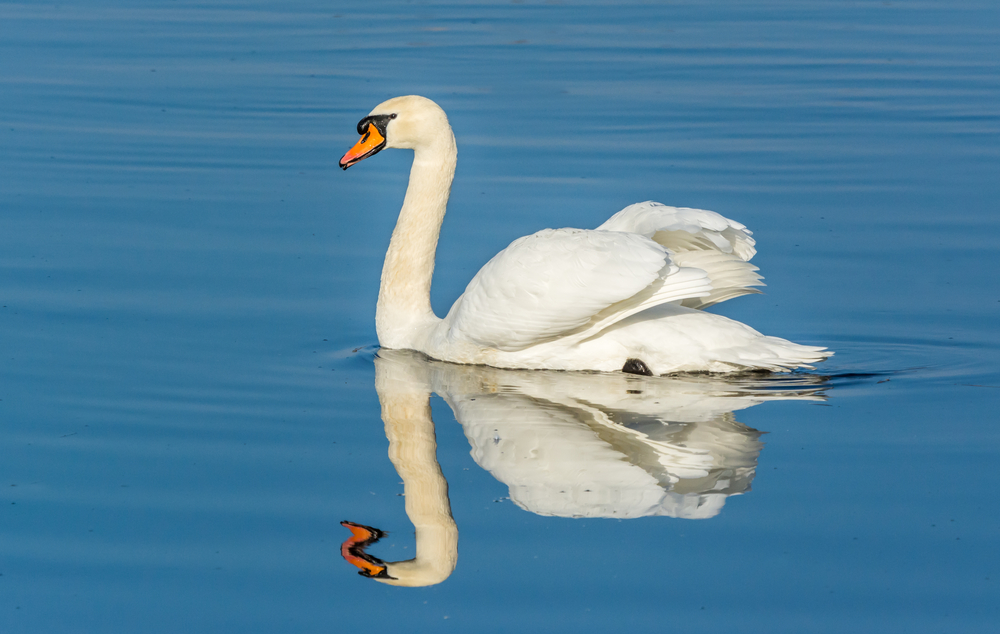
Swans are often associated with grace and romance, gliding elegantly across ponds in a seemingly serene manner. Their long necks and snowy white feathers make them the picture of tranquility. However, swans are notoriously territorial and can become aggressive if they feel their nesting area or young are threatened. With strong wings and the ability to deliver a powerful bite, a provoked swan can be quite intimidating. It’s not uncommon to hear about swans chasing off would-be intruders, human or otherwise, with a determined vigor.
Mating for life, swans are deeply devoted to their partners and offspring, which partly explains their protective nature. Their aggressive behavior is mainly a defense strategy to ensure the safety of their cygnets. While their aggressive tendencies can cause alarm, they play a critical role in maintaining the health of aquatic ecosystems. By foraging on aquatic plants, they help prevent overgrowth and contribute to water quality. Next time you see a swan, admire their beauty and devotion, but remember to keep a respectful distance to avoid ruffling any feathers.
6. The Cute But Dangerous Red Panda
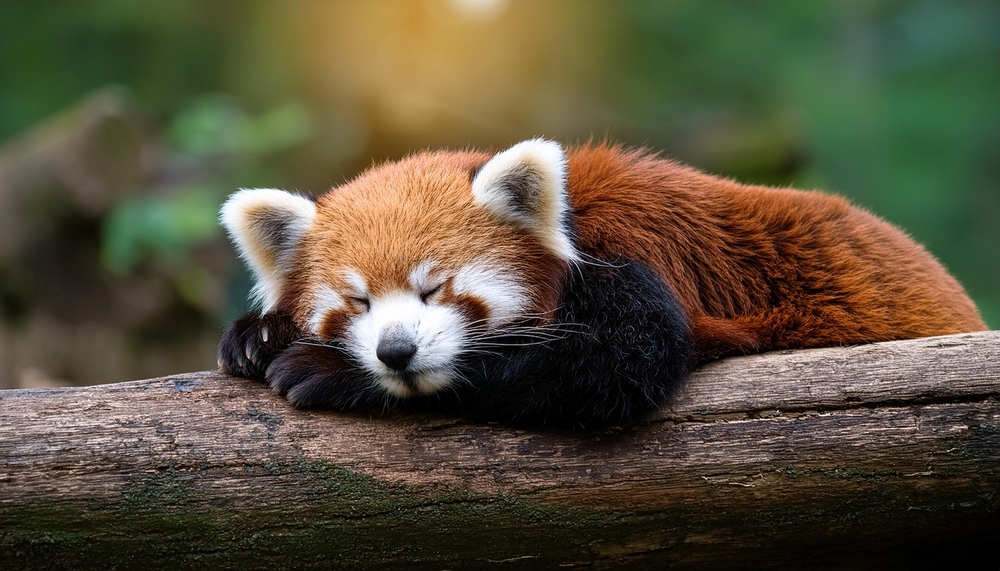
Red pandas are the epitome of cuteness, with their bushy tails, reddish-brown fur, and endearing faces. Native to the eastern Himalayas and southwestern China, these small mammals are often mistaken for being harmless due to their appearance. However, when cornered or threatened, red pandas can unleash a barrage of sharp claws and teeth. They may stand on their hind legs to appear larger and more intimidating, making them surprisingly formidable for their size. These actions are primarily defensive, as red pandas are generally solitary and shy animals.
Red pandas play a crucial role in their ecosystem by helping to control the populations of the insects and bamboo they feed on. Their declining numbers, driven by habitat loss and poaching, make them a species of concern for conservationists. Efforts to protect their habitats are essential to ensuring their survival. While their adorable appearance makes them a beloved animal in zoos, it’s important to remember their wild nature and need for space and protection. Next time you see a red panda, let its cuteness captivate you, but respect its need for distance.
7. The Darling But Dangerous Dolphin

Dolphins are often considered the playful clowns of the sea, known for their acrobatics and friendly interactions with humans. With their perpetual smiles and intelligent eyes, it’s easy to forget that these marine mammals are apex predators with sharp teeth and strong jaws. Dolphins can display aggressive behavior, especially when protecting their pods or territory. In rare cases, dolphins have been known to attack humans, particularly if they feel threatened or provoked. While these encounters are infrequent, they serve as a reminder of the power dolphins possess.
Dolphins are highly social creatures, living in complex societies with intricate communication systems. Their intelligence enables them to hunt cooperatively and outsmart prey. They play a critical role in marine ecosystems, helping to maintain the balance of species populations. Their interactions with humans can be mutually beneficial, promoting awareness and conservation efforts. However, we must always respect their space and ensure our encounters don’t disrupt their natural behaviors. Next time you spot dolphins in the wild, enjoy their playful antics, but remember to admire them from a safe distance.
8. The Innocent-Looking Blue-Ringed Octopus
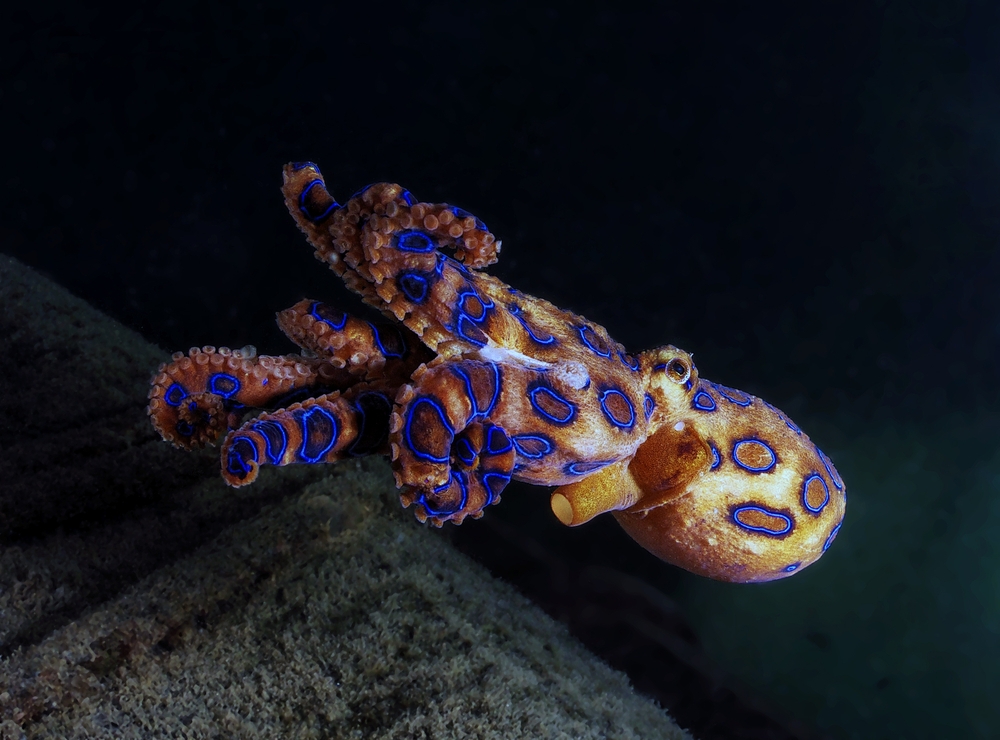
With its vivid blue rings and small size, the blue-ringed octopus might seem like an appealing creature to approach. Found in tide pools and coral reefs in the Pacific and Indian Oceans, this octopus is renowned for its striking appearance. Despite its small stature, the blue-ringed octopus carries venom potent enough to kill humans. Its tetrodotoxin can cause paralysis and respiratory failure within minutes of exposure. However, the octopus only releases this venom when it feels threatened, flashing its blue rings as a warning.
The blue-ringed octopus’s venomous reputation makes it one of the most dangerous animals in the ocean. Its role in the marine ecosystem involves managing the populations of the small fish and crustaceans it preys upon. The octopus’s vibrant coloration is an example of aposematism, a survival strategy in which animals use bright colors to warn potential predators of their toxicity. While intriguing, these creatures demand respect and caution, given their deadly capabilities. If you encounter one while exploring tide pools, enjoy its beauty from afar and heed its warning signals.
9. The Gentle Giant Hippopotamus
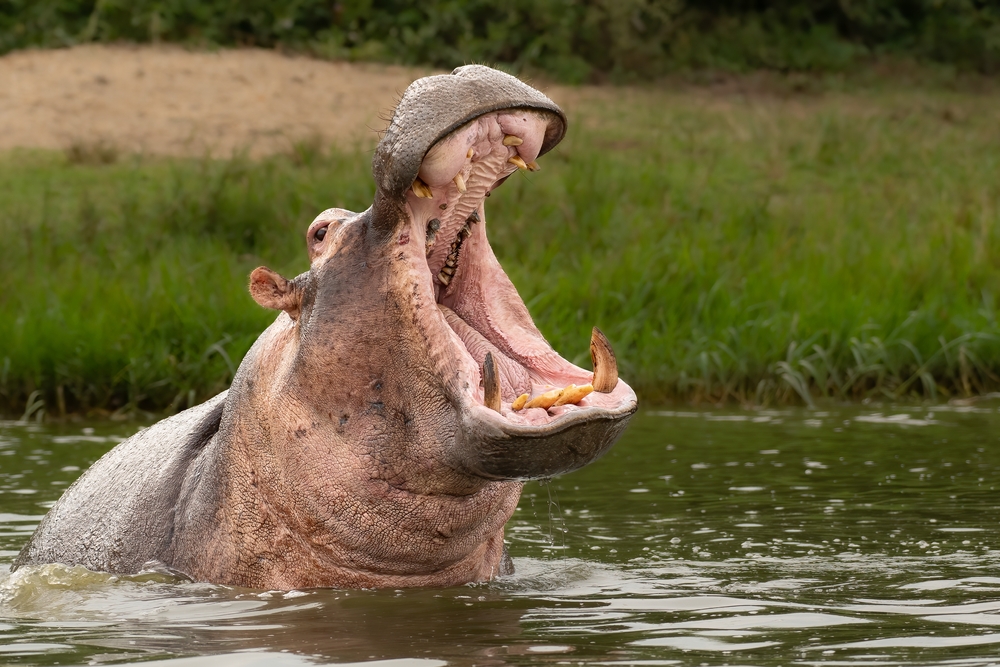
Hippos are often portrayed as lazy, water-loving giants lounging in African rivers and lakes. Their round bodies and seemingly slow movements make them appear non-threatening compared to other African wildlife. However, hippos are among the most dangerous animals on the continent, known for their territorial nature and aggressive behavior when provoked. Equipped with powerful jaws and large canine teeth, they can cause severe injuries to anything that invades their space. Hippos are responsible for more human fatalities in Africa than lions or elephants.
Despite their formidable reputation, hippos play a vital role in their ecosystems, influencing the dynamics of the rivers and lakes they inhabit. Their grazing habits help control aquatic vegetation and maintain water channels. Hippos’ presence also benefits other species by creating habitats with their grazing and wallowing activities. Understanding their ecological importance highlights the need for their conservation, especially as they face threats from habitat loss and poaching. So, while hippos might look like gentle water giants, it’s best to admire them from a respectful distance, acknowledging both their beauty and power.
10. The Playful-Looking Honey Badger
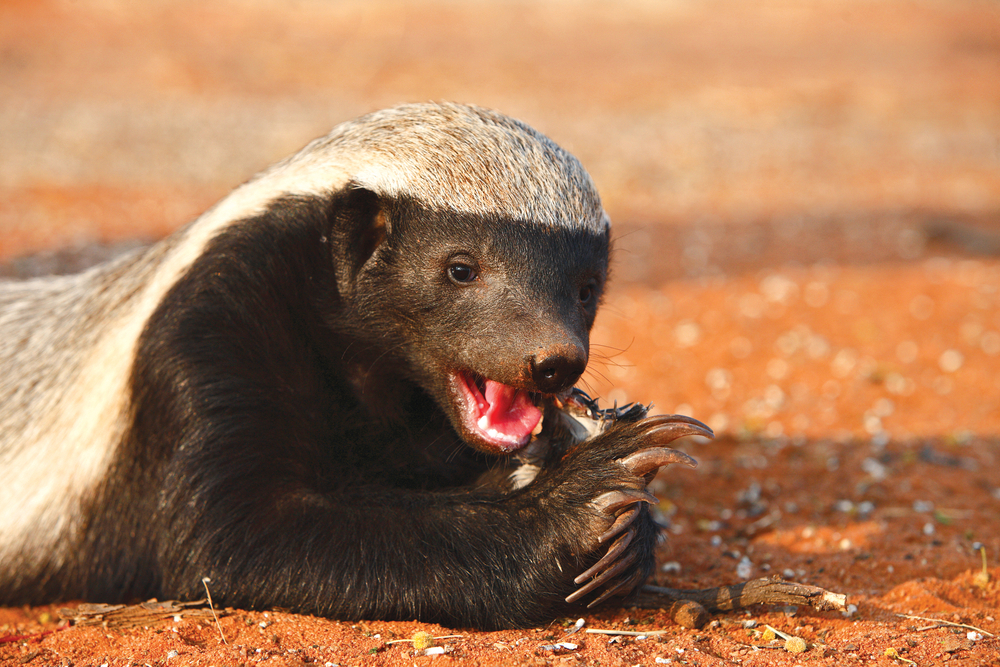
The honey badger’s reputation precedes it as one of the most fearless animals in the animal kingdom. Despite their small size, these creatures are known for their tenacity and willingness to take on larger animals when threatened. With sharp claws, powerful jaws, and a fierce temperament, honey badgers are not to be trifled with. They can fend off predators like lions and hyenas, using their agility and aggression to their advantage. While their antics make for entertaining wildlife documentaries, it’s crucial to respect their space in the wild.
Honey badgers are opportunistic feeders, consuming a wide range of prey and displaying impressive problem-solving skills. Their resilience and adaptability make them successful survivors in various habitats across Africa and Asia. Despite their reputation, honey badgers play an essential role in controlling prey populations, contributing to their ecosystems’ balance. Conservation efforts are important for protecting honey badgers and ensuring their survival in the face of habitat loss and human-wildlife conflict. So, while honey badgers might seem like curious, playful creatures, it’s best to appreciate their bold nature from a distance.
11. The Adorable But Cunning Meerkat
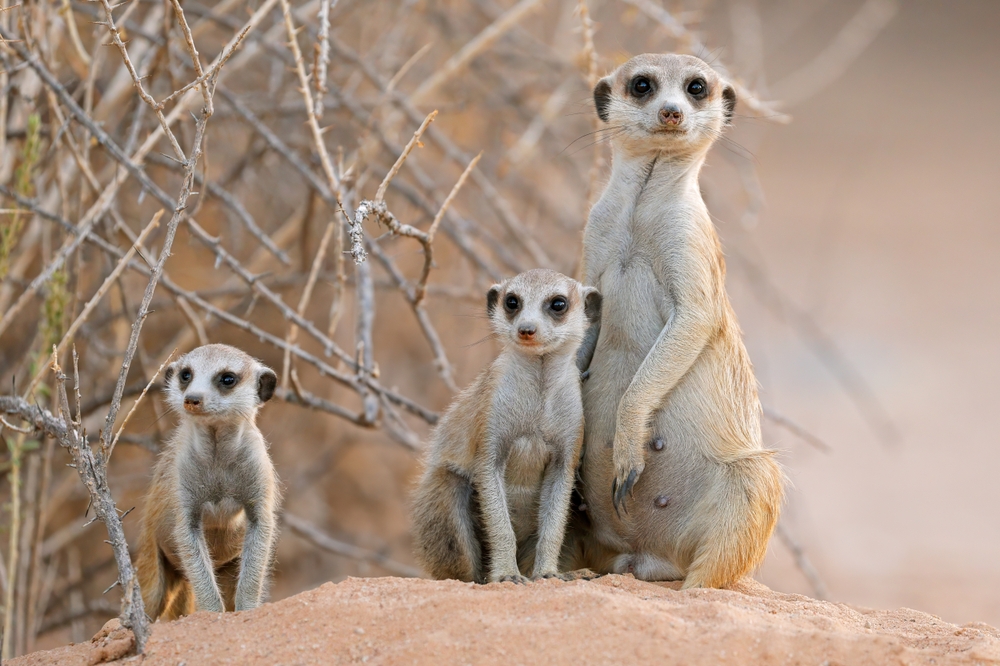
Meerkats are social mammals known for their curious nature and comical upright stance. Their small size and endearing behavior make them a favorite at zoos and wildlife parks. However, when it comes to defending their territory and family, meerkats can be surprisingly aggressive. Equipped with sharp claws and teeth, these animals will fiercely protect their clan from predators or intruders. Their cooperative hunting and vigilance make them formidable opponents despite their diminutive stature.
Meerkats live in large groups, known as mobs or gangs, and operate with a strict social hierarchy. Their complex communication system helps them coordinate activities and alert each other of potential threats. Their vigilant behavior contributes to their survival in the harsh environments of southern Africa. Meerkats’ role in their ecosystem includes controlling insect populations, aiding plant growth by aerating the soil, and providing food for predators. While their antics might be entertaining to observe, it’s essential to respect their social structure and territory.
12. The Furry But Sometimes Unfriendly Common Wombat

Wombats are charming marsupials native to Australia, known for their burrowing habits and stocky build. Their cuddly appearance and calm demeanor make them seem like perfect animal companions. But don’t let their gentle look deceive you; when threatened, wombats can become surprisingly aggressive. With powerful legs and a strong jaw, they can inflict significant harm on potential threats. Their primary defense mechanism involves using their hard, cartilaginous rear to crush predators against the walls of their burrows.
Wombats’ digging behavior plays a vital role in their ecosystem, helping to aerate the soil and promote plant growth. Their burrows also provide habitats for various other species, contributing to the biodiversity of their environment. Despite their ecological importance, wombats face threats from habitat destruction, road accidents, and disease. Conservation efforts are crucial to protecting these unique creatures and preserving their natural habitats. While wombats may appear friendly and approachable, it’s essential to respect their space and recognize their potential power.
13. The Sweet-Faced Elephant Seal

With their large, soulful eyes and blubbery bodies, elephant seals often look like oversized, cuddly sea creatures. Found along the coasts of North America and Antarctica, these marine mammals can weigh several tons and appear docile. However, during mating season, male elephant seals become incredibly territorial and aggressive. Fights between males can be brutal, with the massive animals using their weight and teeth to assert dominance. Humans who get too close can find themselves in danger of being accidentally caught in the crossfire.
Elephant seals spend most of their time in the ocean, diving to great depths to feed on fish and squid. Their ability to hold their breath for extended periods is an adaptation to their deep-sea lifestyle. On land, they gather in large colonies during the breeding season, where social dynamics can become intense. These seals play a critical role in the marine ecosystem by influencing prey populations and serving as indicators of ocean health. While elephant seals may seem harmless, it’s essential to give them plenty of space, especially during their breeding season.
